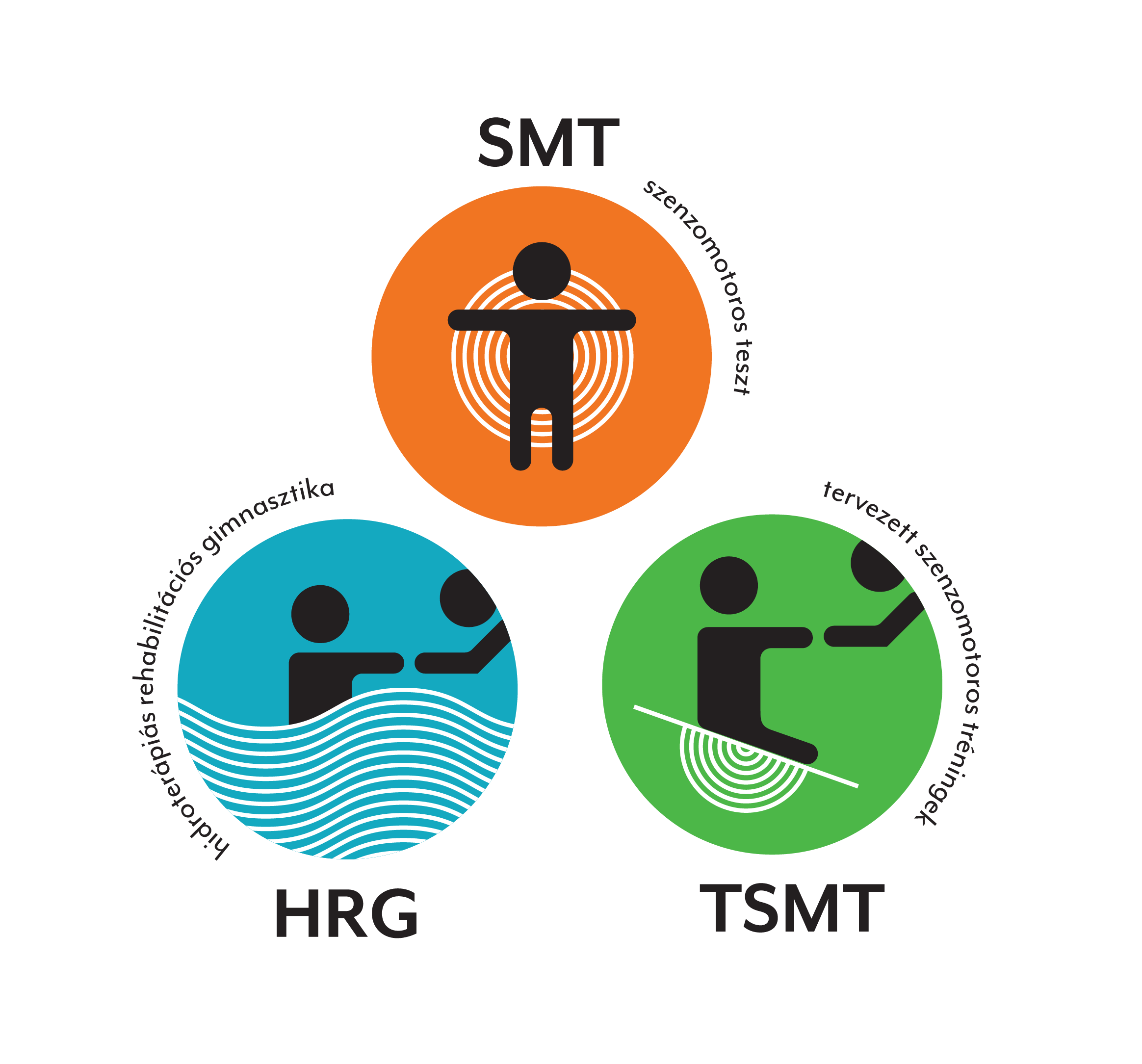
The BHRG model©, which includes the Hydrotherapy Rehabilitation Gymnastics (HRG), the Targeted Sensorimotor Therapy (TSMT) and the Sensorimotor Test (SMT), was developed by Katalin Lakatos PhD, between 1984 and 1993. The BHRG model© is unique, since it has its proprietary testing method using the sensorimotor approach and emphasizing the child’s individual skills and developmental milestones, rather than making a generalized diagnosis. Children assessed with the test, after the therapeutic goals are defined, if necessary, participate in a sensorimotor training programme based on training theory. It often takes place with parent involvement, which promotes the child’s personalized development as well.
The TSMT and HRG method over the past 25 years has helped tens of thousands of children, who have experienced difficulties in the following areas:
Another characteristic of the BHRG model© is the professional collaboration with peers and maintenance of a professional network. Specialists working in the BHRG model© closely cooperate with peer professionals both during the assessment and the therapy, to provide the necessary support in the children’s developmental process. Our therapists during their training acquire the relevant professional skills and the latest knowledge on the mechanism of action of manual therapies, movement therapies, cognitive and psychological therapies existing in Hungary, as well as on the screening methods used in paediatrics, which enables them to assist the parents in finding the most suitable complimentary examinations and therapies.